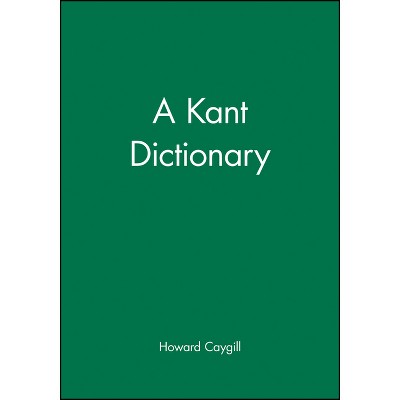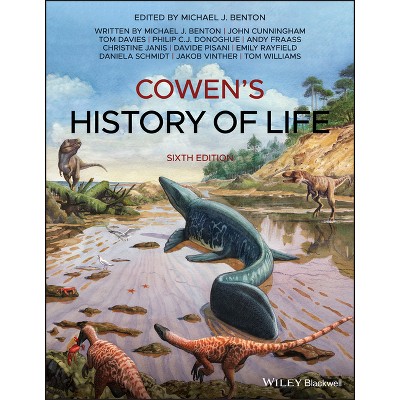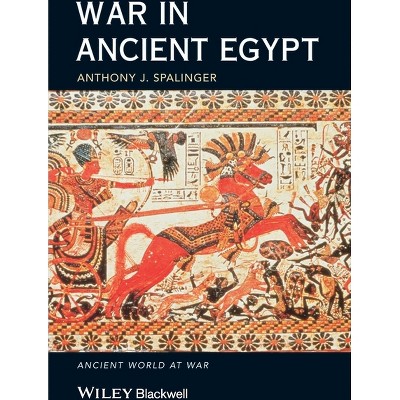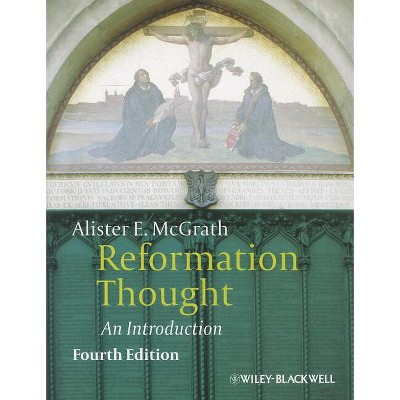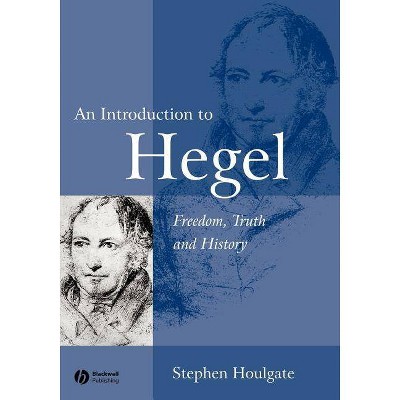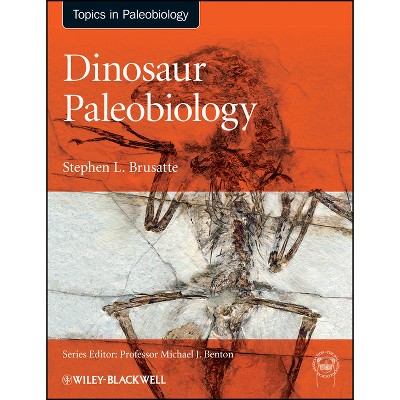Sponsored

Microfossils - 2nd Edition by Howard Armstrong & Martin Brasier (Paperback)
In Stock
Sponsored
About this item
Highlights
- This is a new and completely rewritten edition of the well-known text Microfossils (first published in 1980) covering all the major microfossil groups, with information on taxonomy, phylogeny, ecology and palaeoecology.
- About the Author: Howard Armstrong has been researching micropalaeontology for twenty years and has published extensively on applied micropalaeontology, numerical biostratigraphy, conodont palaeobiology and dispersal biogeography.
- 306 Pages
- Science, Paleontology
Description
Book Synopsis
This is a new and completely rewritten edition of the well-known text Microfossils (first published in 1980) covering all the major microfossil groups, with information on taxonomy, phylogeny, ecology and palaeoecology.- particular attention is given to the uses of microfossils in environmental reconstruction and biostratigraphy
- numerous line and half-tone illustrations
- emphasis on practical applications of micropalaeontology
- only student-friendly micropaleontology text available
From the Back Cover
Microfossils is the definitive guide to all the major microfossil groups. In recent years a greater understanding of species' concepts and stratigraphical ranges, advances in the completeness of the microfossil record and the advent of molecular techniques in classification have led to major changes in the classification and applications of microfossils. This new edition of Microfossils has been restructured and rewritten to take into account these significant advances to provide a complete guide to taxonomy, phylogeny, ecology and palaeoecology of microfossils and their applications.This new edition includes:
- major revisions incorporating the latest available research
- a new section on isotopes, and on applications in stratigraphy, geothermometry and evolution
- coverage of the major developments in the use of microfossils in palaeo-oceanography and palaeoclimatology
- photographs to support the line drawings
Microfossils is an essential reference tool and laboratory guide for undergraduate and graduate students of micropalaeontology.
Review Quotes
"If I were a student once again starting out in my micropalaeontological career, this would have to be on my shopping list...It is books like this that will hopefully catch the interest of undergraduates and persuade them to continue within the field and regenerate our ageing skills pool." (Newsletter of Micropalaeontology, September 2005)
"Overall, I found the second edition of Microfossils to be an excellent book and one I highly recommend....[it] will make an excellent text for an introductory course in micropaleontology, or as a supplement to an invertebrate paleontology course." (American Association of Stratigraphic Palynologists Newsletter, April 2006)
"...a very valuabel re-addition to the micropalaeontological literature available to undergraduate students..." (Journal of Quaternary Science, June 2006)
About the Author
Howard Armstrong has been researching micropalaeontology for twenty years and has published extensively on applied micropalaeontology, numerical biostratigraphy, conodont palaeobiology and dispersal biogeography. His research currently focuses on environmental and biological patterns and processes associated with Palaeozoic glaciations. He is Senior Lecturer in Micropalaeontology at the University of Durham.Martin Brasier began research as a marine biologist aboard HMS Fox in 1970, mapping the microbial ecology of Caribbean reefs and algal mats. The author is well known for the first edition of Microfossils and for his work on early biosphere evolution, integrating microfossils, biogeochemistry and chemostratigraphy from the earliest signs of life in the Archaean through to the Cambrian explosion of multicellular forms. He maintains a special interest in the metabolism and evolution of bacterial and protist fossil groups, and has worked with NASA on the protocols for recognition of the earliest life on Earth and beyond. He is currently Professor of Palaeobiology at the University of Oxford.






